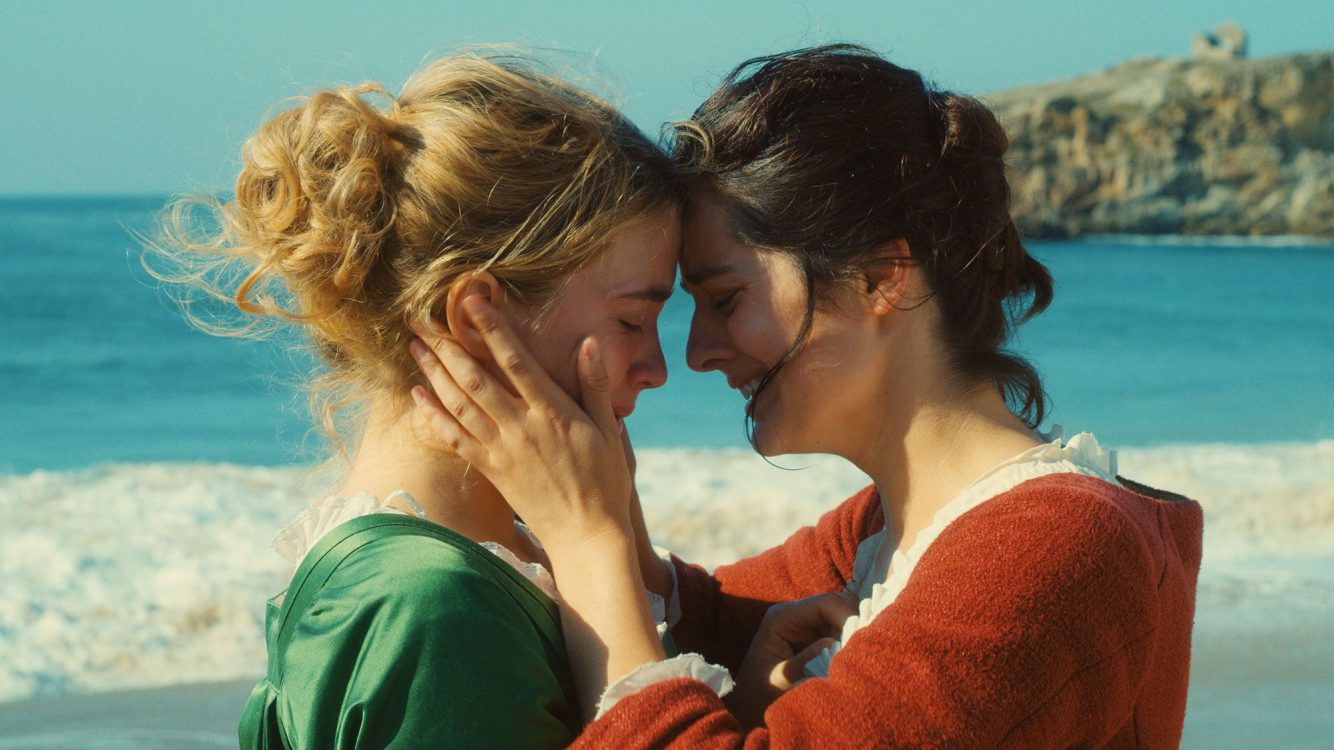The 2018 queer film “Love, Simon” opens with a direct address to the audience. The protagonist, Simon Spiers, emphasizes his normality, declaring, “I am just like you.” The opening montage summarizes the middle-class teenage experience. It includes Simon getting a new car, watching TV with his family and stirring light trouble with a diverse and sufficiently attractive friend group. Of course, Simon has a “secret.” He is a young gay man in this perfectly conventional world.
The 2019 film “Portrait of a Lady on Fire” also opens with an address from the lead character, the young painter Marianne in 18th century France. She is a queer working woman in a male-dominated society. She must face all the loneliness and oppression associated with it. Both she and Simon endure obstacles on a path to happiness, engaging with a corrupt status quo. What differs is how each character engages with it.
Both queer films are generally well-received, but in terms of the queer community, responses differ. “Love, Simon,” while generally appreciated for its mainstream representation, is criticized for its surface-level portrayals of the queer experience. Many gay circles like to call it “a gay movie for straight people.” The acclaim for “Portrait,” on the other hand, has been near-universal. It is a masterpiece of the most profound intimacy. A gay film for gay people. Why does the LGBT community view these films so differently? To answer this question is to analyze an ongoing debate of queerness as a whole: the conflict between acceptance and liberation.
The difference in perception between the two queer films begins with their foundation, as they occupy distinct cinematic spaces. “Love, Simon” is a romantic comedy, a genre long associated with emotional gratification. The humor is off-kilter with a tongue-in-cheek cast and world. The film’s sheer ridiculousness at certain points proves entertaining. “Brokeback Mountain,” this is not. It is a popcorn film, one easily digestible. Of course, this is intentional. Its tagline declares, “everyone deserves a great love story,” which is a call for inclusion within a usually straight genre. The great love story includes all the classic tropes and clichés, just much gayer.
Meanwhile, “Portrait” is art-house cinema to the core. It opened at the Cannes Film Festival and garnered praise and accolades throughout the awards season. Its lush cinematography recalls French impressionism and trades in the banter and relatability of “Simon” for touches and glances. It takes time to breathe as we witness the film’s two leads fall in love, and then some. “Simon” seeks to entertain while “Portrait” means to evoke or allude. These differences lead to different framings of queerness.
In both queer films, the characters must contend with marginalization in a world built upon heterosexuality and patriarchy. In “Portrait,” the character Heloise is to be married to a man she does not even know, and Marianne is assigned to paint her. The women’s loving relationship is built upon their shared frustration and isolation. In “Simon,” he must contend with his supposed abnormality. He laments why gay people need to come out in the first place.
Simon seeks acceptance above all else. When he is outed toward the film’s conclusion, he reassures his family he is still the same. His queerness is not a defining factor. He imagines how he will be out and proud once college hits, triggering an elaborate musical number with every stereotype in the book, from Dorothy to Whitney. He, of course, ends it with “maybe not that gay.” He consistently tries to distance himself from his gayness.
This de-emphasis also manifests with the character of Ethan, the other gay kid in Simon’s school. Compared to Simon, he is feminine and sassy. Because of his overt queerness, he faces more ridicule than Simon, whose subtle nature lets him off scot-free. Simon’s focus as the main character and his craving for normality comes off oddly problematic. The film frames this option as the only one for the viewer. Act “normal” or face the bullies. Simon is the sort of gay person who can mix with the straights, as he does not flaunt his sexuality with excess.
The film is noble in its intention, showing that queer people are just as worthy of mainstream acceptance. Of course, to encourage acceptance, one must cater to the acceptors. Many queer people feel detached from the representation in “Simon”: a minimalist version of gay existence meant for the heterosexual demographic. This is where the hyper-critical consensus emerges. Queer people crave something for themselves — queer films that are more substantial.
This is where “Portrait” comes into play. An iconic scene in the film features Heloise and Marianne at a bonfire with their fellow women. The women begin a cacophonous Latin chant, which translates to “I cannot flee.” This phrase boasts a double meaning: the society the two lovers can never flee, but also the fact they cannot flee one another. The scene is hypnotic as the stares the two women share stir the soul of the viewer. Heloise’s dress catching fire represents the spark of love, the deepest kind.
This spark resonates particularly with queer people. Our romances are often complex, restrained. In a limiting world, any potential connection becomes further emphasized. It is an implicit idea that straight people may never comprehend. “Love, Simon” also focuses on queer romance. Still, it lacks many nuances, focusing on classic dating tropes, just under a gay lens (again, easily digestible). Overall, Simon seeks acceptance from his society, while Heloise and Marianne reject it. The spark between the two women can only grow when society does not interfere. Meanwhile, Simon must adapt and urge his society to accept him.
Many queer people prefer the former notion of liberation as it represents the next step in the queer movement. The world has become increasingly accepting of the LGBT community, as new films like “Love, Simon” demonstrate. Thus, many in the community argue that new queer films should speak to more authentic experiences outside of the straight lens, which “Portrait of a Lady on Fire” does. This does not negate the importance of either film, but the discourse outlined here represents shifting attitudes by queer people toward the media they digest. Many no longer want to just fit in like Simon. They want to be extraordinary and inhabit complex personas like in Heloise and Marianne’s doomed romance. The media they consume should continue to reflect that need.

















